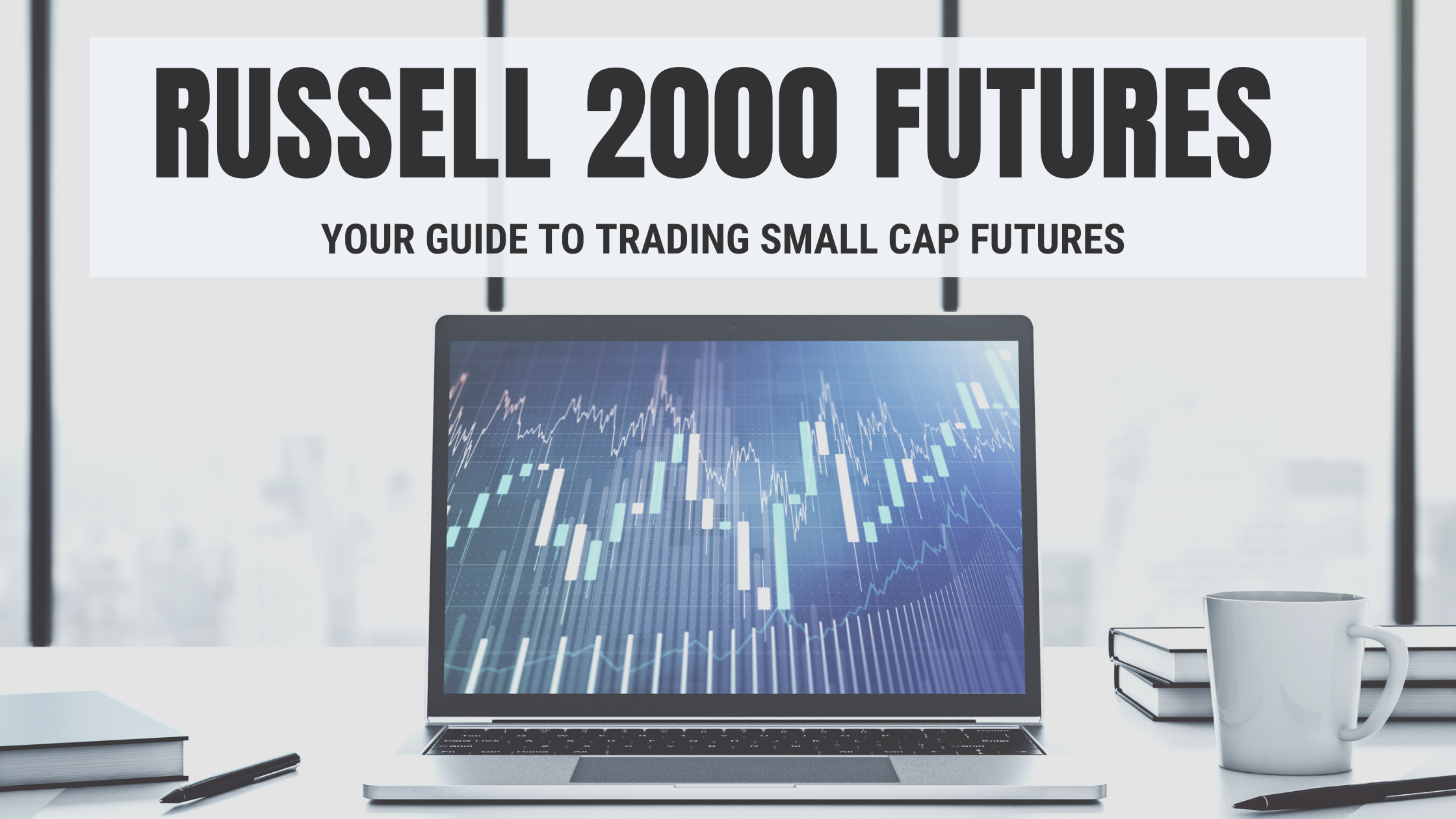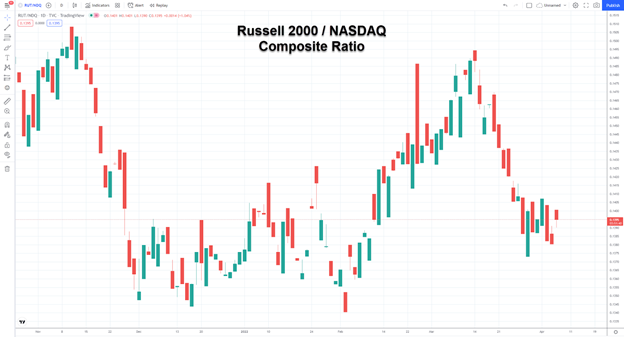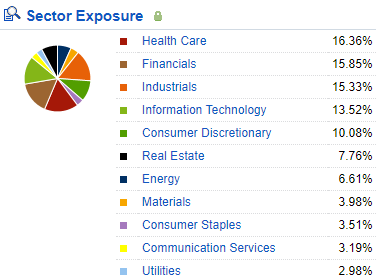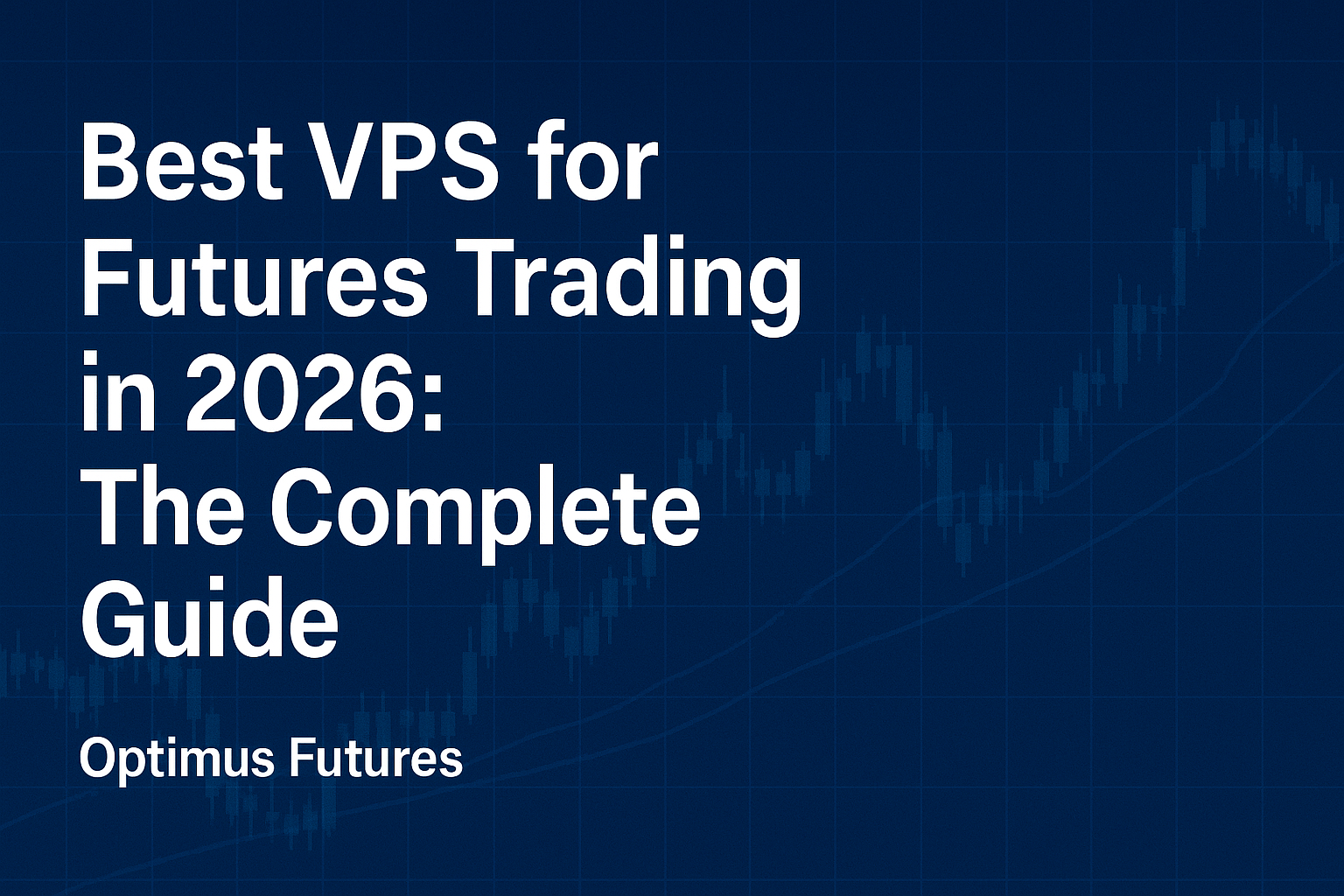This article on Russell 2000 Futures is the opinion of Optimus Futures.
Traditional investors often assume small-capitalization companies outperform during growth periods and risk-on environments.
Yet, for most of the last decade, the Russell 2000, the broadest small-cap index, underperformed other major indexes such as the S&P 500 and Nasdaq 100. In fact, Nasdaq technology stocks were some of the most popular and best performing over the last decade, and since markets bottomed in 2020.
That started to change in 2022.
Year-to-date, the Russell 2000 is down a bit more than 10% while the Nasdaq 100 is down nearly 12%. The S&P 500 performed better, only down 6.5% in 2022, buoyed by a run in energy stocks.
Big cap technology stocks have fared the worst, with some heavy hitters like Facebook (FB) down nearly 34% YTD.
We’ve been able to see the rotation out of large tech and into small caps. A ratio of the Russell 2000 to the Nasdaq Composite Index highlights this movement.
Source: Tradingview
Leading into the end of 2021 and through the early part of 2022, the tight trading range of the spread between the Russell 2000 and the Nasdaq Composite created a timely opportunity for a pairs trade with Russell 2000 futures (RTY Futures).
Russell 2000 futures are available in both mini and micro contracts. And compared to Nasdaq 100 mini and micro futures, Russell 2000 futures experience less volatility on a percentage basis of their notional value.
That’s why it’s important for both new and experienced traders to understand all they can about Russell 2000 futures.
Small-cap futures provide an alternative way to invest in markets with a different exposure makeup than other major indexes.
This article walks you through the basics of Russell 2000 futures including what they are, advantages over other indexes, mini vs micro Russell 2000 futures, as well as contract specifications for these products.
What is the Russell 2000 Futures
The Russell 2000 index measures the stock market’s smallest 2,000 companies in the Russell 3000 index, whereas the Russell 3000 measures the largest 3,000 publicly traded companies in the U.S.
This means the Russell 2000 equates to 10% of the market cap of the Russell 3000 index.
Russell 2000 futures are cash-settled futures that track the Russell 2000 index based on a given expiration date.
The price of the Russell 2000 futures can deviate some from the current price of the index based on whether traders are adding a premium or a discount to the futures.
Russell 2000 futures forward contracts trade at a premium or discount depending on factors including dividend yields and interest rates.
For example, if interest rates are 0% and dividends pay 2%, you would expect the contract one year from now to trade at a discount to the current contract.
Advantages of Trading the Russell 2000 Index vs. S&P 500 Index
Russell 2000 small-cap futures follow a different basket of stocks than the S&P 500 futures.
For example, the top 10 holdings of the S&P 500 account for nearly 30% of its weighting whereas the top 10 for the Russell 2000 make up less than 4% with no single company more than 0.52%.
That makes Russell 2000 futures less susceptible to individual equity risk compared to the S&P 500 futures.
Furthermore, the S&P 500 has different exposure weights to various sectors.
Below you can see that IT makes up nearly 30% of the S&P 500’s sector weighting.
However, the Russell 2000 has more balanced holdings with higher exposure to sectors such as health care, financials, and industrials.
And as mentioned, Russell 2000 futures tend to be less volatile on a percentage basis of notional value.
What that means is a 1% change in Russell 2000 futures would be worth less on a per contract basis than the S&P 500 futures. I.E. if you were long one contract of RTY and one contract of ES (E-Mini S&P 500 futures), you would make more from a +1% move on the ES than you would on the RTY.
Because of this, margin requirements are typically lower for the Russell 2000 futures and micro futures from the exchanges, though not necessarily with day trades.
Micro E-Mini Russell 2000 Futures (M2K) Vs E-Mini Russell 2000 Futures (RTY)
Most traders know about E-Mini Russell 2000 futures (RTY). However, many aren’t aware of micro E-Mini Russell 2000 futures (M2K).
Both futures are extremely liquid and give the trader exposure to the underlying index.
The main difference is the amount of leverage.
E-Mini Russell 2000 futures control $50 x Russell 2000 index whereas the micro version controls $5 x Russell 2000 index or 1/10th.
Plus, commissions and fees on micro futures tend to be cheaper than E-Mini contracts since they control less notional value.
Otherwise, E-Mini and micro Russell 2000 futures offer traders all the same benefits including:
- Centralized clearing
- Near continuous trading Sunday 6:00 p.m. – Friday – 5:00 p.m. EST with a one-hour break from 5:00 p.m. – 6:00 p.m. EST each day
- Ability to go both long and short
- No pattern day trading
- Capital efficiency and leverage
- Highly liquid trading
RTY and M2K Contract Specifications
It’s important that traders understand how E-Mini and micro Russell 2000 futures contracts work.
To start, you must know the tick size and value.
In both E-Mini and micro futures, each tick is $0.10 of the index. With E-Mini futures that equates to $5 per tick. One tick for micro futures equates to $0.50 or 1/10th that of the E-Mini futures.
Here are some of the other important points you need to know:
- Both are financially settled, meaning you do not take delivery of any product at expiration. Accounts are simply credited or debited based on the entry price and direction compared to the price at expiration.
- Contracts are listed quarterly (Mar, Jun, Sep, Dec) for 5 consecutive quarters.
- Trading for the current contract terminates at 9:30 a.m. ET on the 3rd Friday of the contract month.
- The symbol for E-Mini Russell 2000 futures is RTY.
- The symbol for Micro E-Mini Russell 2000 futures is M2K.
- Day trading margins for micros can be as low as $50 and as low as $500 for E-Mini contracts.
- Exchange rates run $650 and $6,500 for micro and E-Mini contracts respectively.
Trade Russell 2000 Futures Live at Optimus Futures
E-Mini Russell 2000 futures, and especially micro E-Mini Russell 2000 futures are a great way for new traders to sink their teeth into futures trading.
It offers exposure to one of the most popular markets with lower margin requirements and volatility than other indexes.
At Optimus Futures, you can open and fund an account for as little as $100.
Plus, traders can check out dozens of other products including futures on commodities, precious metals, agriculture, and more.
In addition, users gain immediate access to our flagship Optimus Flow platform which includes hundreds of indicators along with unique analytics such as footprints and market profiles when you open an account.
Get your account up and running in a matter of hours backed by our boutique customer service experience that aims to get you up and keep you up and running.
See what futures trading has in store for you.
Disclaimer: There is a substantial risk of loss in futures trading. Past performance is not indicative of future results. Trade only with your risk capital.







